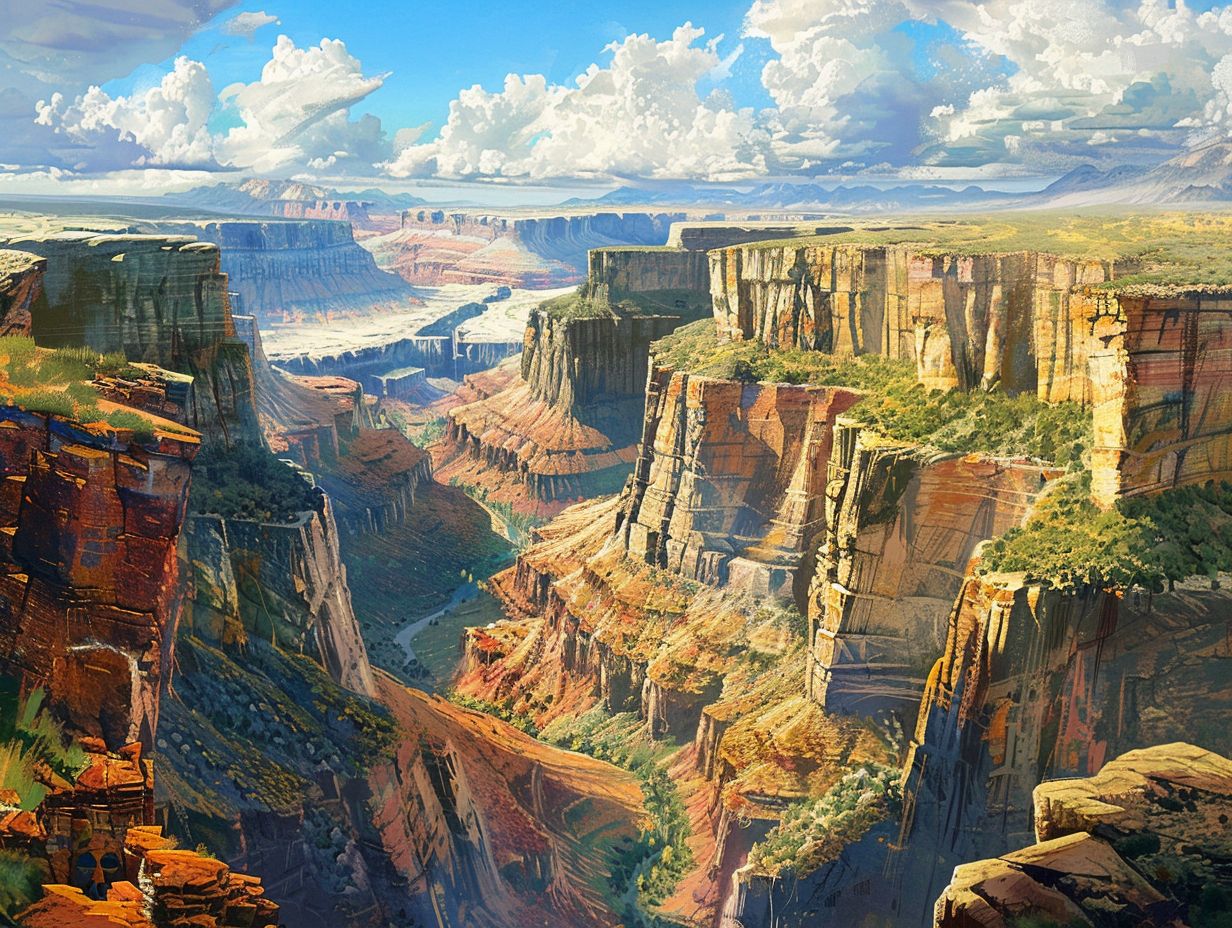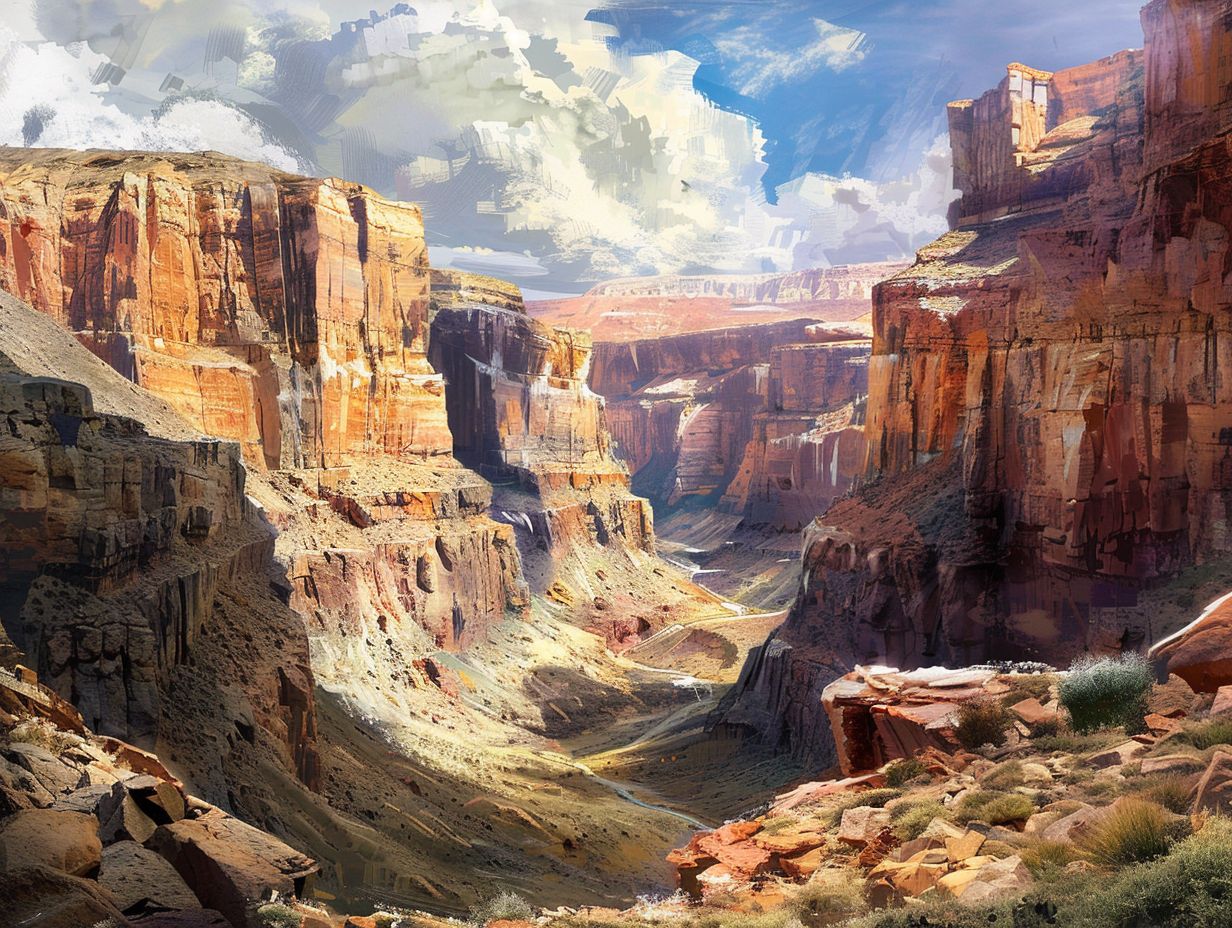Palo Duro Canyon State Park is a natural wonder located in the Texas Panhandle, offering visitors a unique opportunity to explore the rugged beauty of the region. While the park is renowned for its stunning landscapes and outdoor activities, it also has a fascinating connection to the peyote cactus, a sacred plant used in Native American religious ceremonies.
The Peyote Plant and Its Significance
Peyote (Lophophora williamsii) is a small, spineless cactus that is native to the southwestern United States and northern Mexico. This plant has been used for centuries by indigenous tribes, including the Comanche, Kiowa, and Navajo, in religious and spiritual rituals. The active compound in peyote, mescaline, is known to produce hallucinogenic effects, which are believed to facilitate spiritual experiences and connection with the divine.
Peyote Harvesting and the Native American Church

The demand for peyote “buttons” (the dried tops of the cactus) by the Native American Church in the U.S. and Canada is estimated to be between 5-10 million per year. However, the peyoteros (peyote harvesters) of south Texas can only supply around 2 million annually, leading to concerns about the long-term sustainability of peyote harvesting.
Approximately 90% of the land where peyote grows is privately owned, making access and harvesting a challenging endeavor. The Native American Church has worked to protect the peyote plant and ensure its continued availability for religious ceremonies, but the future of peyote harvesting remains uncertain.
Palo Duro Canyon and the Peyote Connection
While Palo Duro Canyon State Park is not directly associated with the peyote plant, the region’s history is intertwined with the use of this sacred cactus. The Comanche and other tribes who inhabited the area were known to use peyote in their religious practices, and the canyon itself was a significant gathering place for these tribes.
Quanah Parker, the last chief of the Comanche, was a prominent figure in the peyote movement and played a crucial role in the establishment of the Native American Church. He is believed to have sought out peyote in the Big Bend region, which is located near Palo Duro Canyon.
Visiting Palo Duro Canyon State Park
Palo Duro Canyon State Park offers a wealth of outdoor activities for visitors, including camping, hiking, and biking. The park is open daily from 6 a.m. to 10 p.m., with the park headquarters operating from 8 a.m. to 5 p.m.
Camping fees at the park range from $14 to $25 per night, depending on the site’s amenities. Visitors can choose from a variety of campsites, including RV sites, tent sites, and cabins.
Exploring the Unique Landscape
Palo Duro Canyon is the second-largest canyon in the United States, with a depth of over 800 feet and a length of approximately 120 miles. The canyon’s striking red and yellow rock formations, carved by the Prairie Dog Town Fork of the Red River, create a breathtaking landscape that has been compared to the Grand Canyon.
Visitors can explore the canyon’s many hiking trails, which range from easy, family-friendly routes to more challenging, strenuous hikes. The park’s diverse ecosystem is home to a variety of plant and animal life, including the endangered Texas horned lizard and the Palo Duro mouse.
Conclusion
While Palo Duro Canyon State Park may not be directly associated with the peyote cactus, the region’s history and connection to this sacred plant add an intriguing layer to the park’s rich cultural heritage. As visitors explore the stunning natural beauty of the canyon, they can also gain a deeper understanding of the significance of peyote in the lives of the indigenous tribes who once called this land home.
References:
– Peyote Gardens of South Texas
– Palo Duro Canyon SP
– Comanche Chief Quanah Parker Came to Big Bend Seeking Peyote
– The Red River War of 1874-1875

